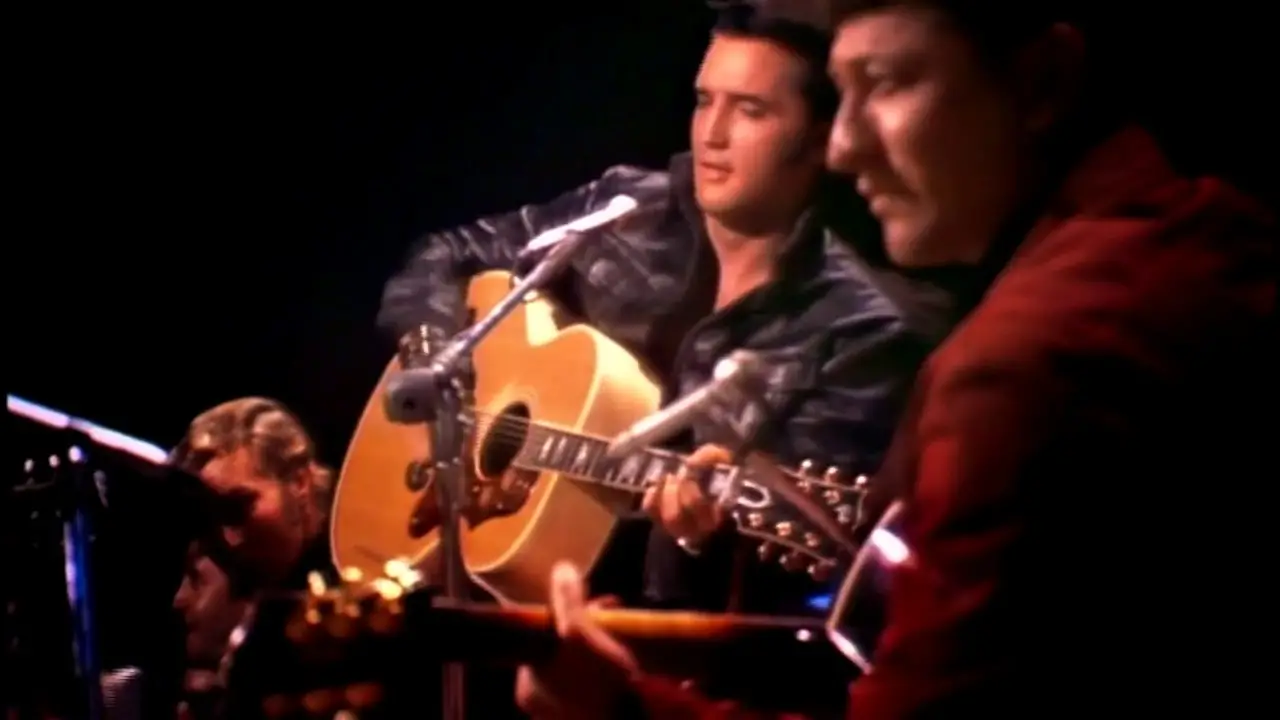Elvis Presley’s Enduring ‘Blue Moon of Kentucky’ A Musical Masterpiece

Blue moon of kentucky Elvis – In the annals of music history, few songs have left an indelible mark on the cultural landscape like “Blue Moon of Kentucky.” This bluegrass classic, penned by the legendary Bill Monroe, found new life in the hands of the equally iconic Elvis Presley. Presley’s electrifying rendition of “Blue Moon of Kentucky” not only cemented his status as a musical trailblazer but also showcased his ability to breathe new life into a timeless standard.
Origin of Blue Moon of Kentucky
The Bluegrass Roots of the Song
“Blue Moon of Kentucky” emerged from the vibrant bluegrass scene of the 1940s, with Bill Monroe and his band, the Blue Grass Boys, credited as the original composers. Inspired by the natural beauty of their beloved Kentucky and the haunting melodies of Appalachian folk music, Monroe and his ensemble crafted a tune that captured the essence of the region’s rich musical heritage.
Uncovering the History of Elvis Presley’s Iconic Song ‘That’s Alright Mama’
The Evolution of the Song
The origins of “Blue Moon of Kentucky” can be traced back to the mid-1940s, when Bill Monroe and his band introduced the song to audiences. Over the years, the song underwent numerous iterations, with various artists and bands putting their own spin on the bluegrass standard. However, it was Elvis Presley’s iconic rendition that would ultimately cement the song’s place in the pantheon of American music.
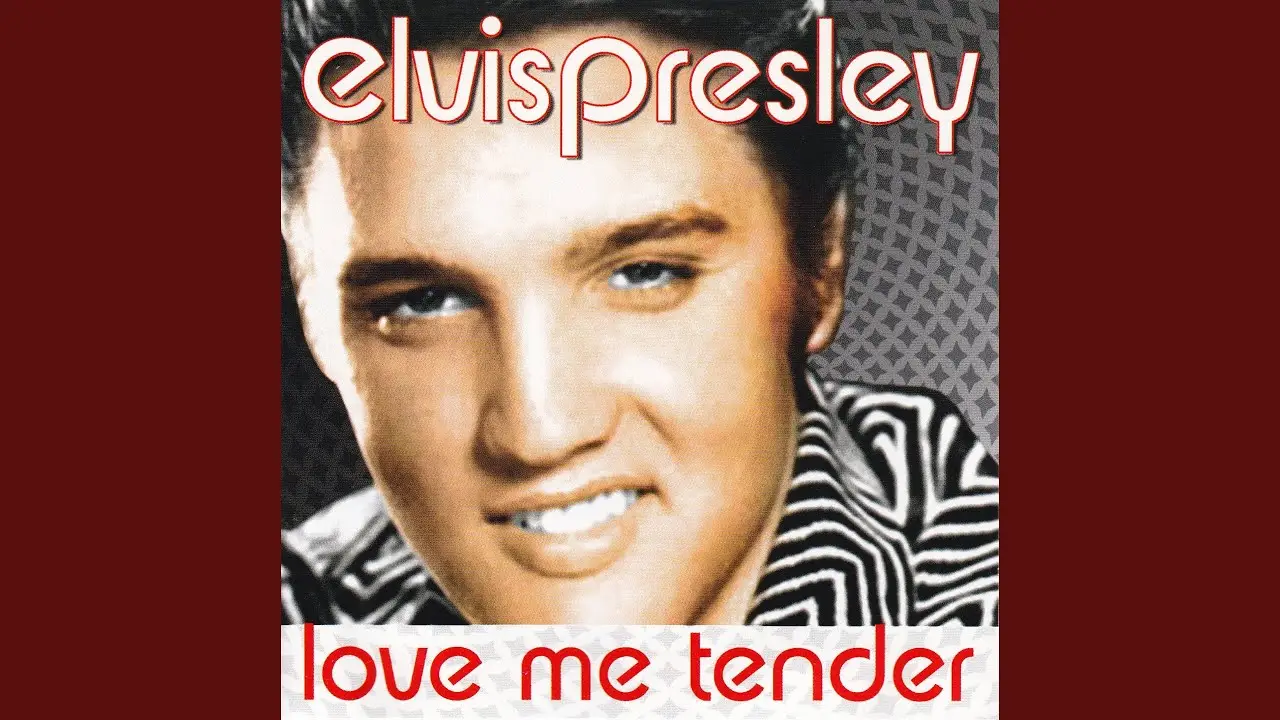
The Enduring Appeal of the Bluegrass Masterpiece
“Blue Moon of Kentucky” has continued to resonate with music lovers across generations, testament to the enduring power of the bluegrass genre. The song’s timeless melodies, coupled with its evocative lyrics, have made it a beloved staple in the musical canon, inspiring countless artists to put their own unique stamp on the classic.
Elvis Presley’s Version of Blue Moon of Kentucky
Reinventing a Bluegrass Classic
When Elvis Presley first recorded “Blue Moon of Kentucky” in 1954, he was still a relatively unknown commodity, but his interpretation of the song would go on to become one of the defining moments of his early career. Presley’s version, released as the B-side to his debut single “That’s All Right,” showcased his ability to blend the raw energy of rockabilly with the soulful inflections of rhythm and blues, creating a sonic tapestry that was uniquely his own.
The Electrifying Performance
Presley’s rendition of “Blue Moon of Kentucky” was a tour de force, with his impassioned vocals and the dynamic instrumentation of Scotty Moore’s guitar and Bill Black’s upright bass driving the song forward with a sense of urgency and electricity. The performance captured the essence of Presley’s transformative impact on the music industry, ushering in a new era of rock and roll that would forever change the course of popular music.
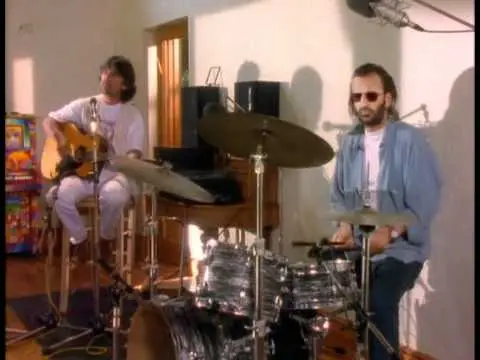
The Impact of Presley’s Version
Elvis Presley’s interpretation of “Blue Moon of Kentucky” not only breathed new life into the bluegrass standard but also introduced his unique brand of musical innovation to a wider audience. The song’s success played a pivotal role in Presley’s meteoric rise to stardom, paving the way for his subsequent triumphs and cementing his status as one of the most influential musicians of the 20th century.
Significance of Blue Moon of Kentucky in Elvis’ Career
Defining the Sun Records Era
“Blue Moon of Kentucky” was one of the defining tracks of Elvis Presley’s early career, recorded during his time at Sun Records. The song’s success helped to establish Presley’s reputation as a dynamic and innovative performer, setting the stage for his subsequent rise to fame.
Shaping Presley’s Image
Presley’s rendition of “Blue Moon of Kentucky” played a crucial role in shaping his public persona as a rebellious and charismatic artist. The song’s blend of bluegrass, rockabilly, and rhythm and blues reflected Presley’s unique ability to synthesize diverse musical influences, a trait that would become a hallmark of his career.

Cementing Presley’s Legacy
The enduring popularity of Presley’s “Blue Moon of Kentucky” has cemented its place as one of the most iconic recordings in his expansive discography. The song’s lasting impact on popular culture has solidified Presley’s status as a musical trailblazer, whose influence continues to be felt by artists and fans alike.
Bluegrass Influence on Blue Moon of Kentucky
The Instrumentation of Bluegrass
Despite Presley’s transformative interpretation, “Blue Moon of Kentucky” retains its strong bluegrass roots. The instrumentation of the song features prominent use of banjo, guitar, and fiddle, all of which are essential elements of the bluegrass genre. This combination of traditional bluegrass instrumentation and Presley’s distinctive vocal style created a unique sonic tapestry that resonated with audiences across the musical spectrum.
The Rhythmic Structure of Bluegrass
The rhythmic structure of “Blue Moon of Kentucky” also reflects its bluegrass origins, with the driving, syncopated beat characteristic of the genre. This rhythmic foundation, combined with Presley’s energetic performance, imbued the song with a sense of urgency and excitement that captivated listeners.
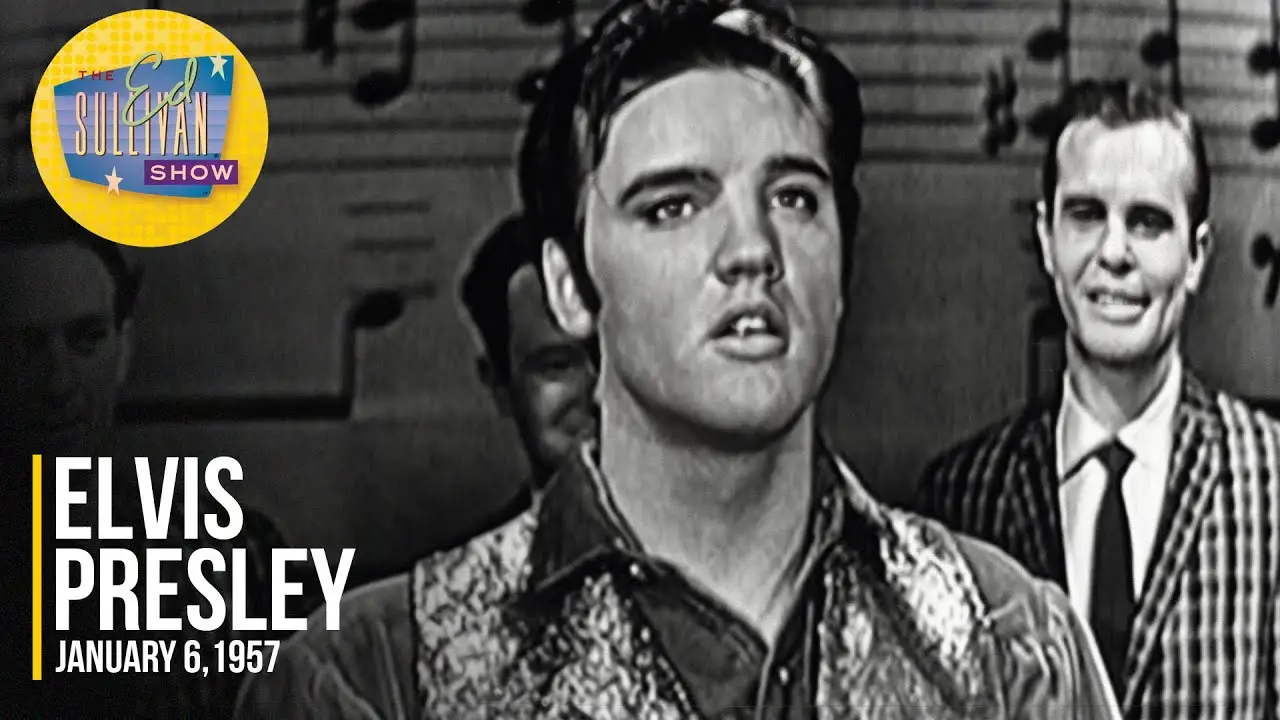
The Lyrical Themes of Bluegrass
The lyrical themes of “Blue Moon of Kentucky” also draw heavily from the traditions of bluegrass music. The song’s wistful narrative, exploring the yearning for a lost love and the natural beauty of the Kentucky landscape, echoes the emotive and storytelling-driven nature of classic bluegrass compositions.
Lyrics of Blue Moon of Kentucky
| Verse | Lyrics |
|---|---|
| 1 | Blue moon of Kentucky, keep on shining Shine on the one that’s gone and left me blue Blue moon of Kentucky, keep on shining Shine on the one that’s gone and left me blue |
| 2 | Well, I’m alone and blue as I can be Dreaming old dreams, dwelling on old memories Blue moon of Kentucky, keep on shining Shine on the one that’s gone and left me blue |
| 3 | Well, I said, “Blue moon of Kentucky, keep on shining” Shine on the one that’s gone and left me blue Blue moon of Kentucky, keep on shining Shine on the one that’s gone and left me blue |
The lyrics of “Blue Moon of Kentucky” are a poetic and melancholic exploration of the longing for a lost love, with the “blue moon” serving as a metaphor for the protagonist’s emotional state. The repetition of the phrase “Blue moon of Kentucky, keep on shining” creates a sense of plaintive yearning, as the protagonist seeks solace in the natural beauty of the Kentucky landscape.
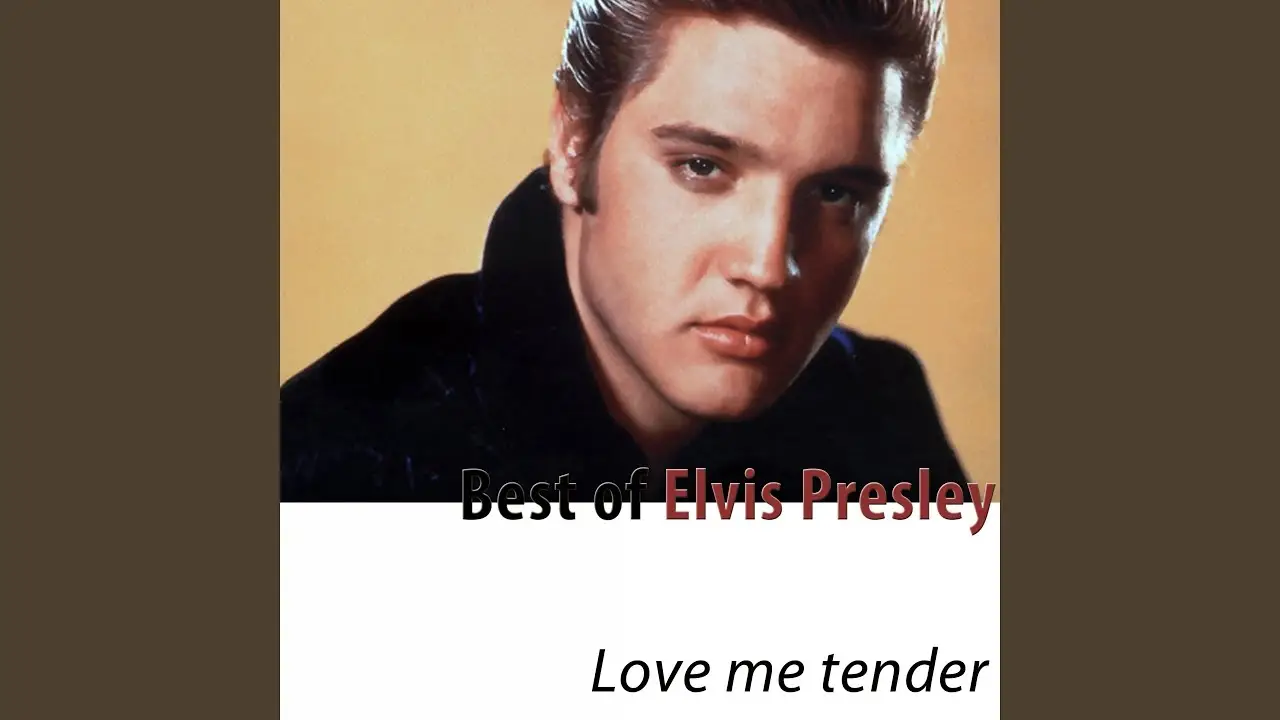
Cultural Impact of Blue Moon of Kentucky
The Song’s Enduring Legacy
“Blue Moon of Kentucky” has transcended its bluegrass origins to become a beloved standard in the American musical canon. The song’s influence can be heard in the works of countless artists, from country and folk to rock and pop, solidifying its status as a timeless classic.
The Song’s Appearance in Pop Culture
Over the years, “Blue Moon of Kentucky” has made numerous appearances in popular culture, appearing in films, television shows, and various media. These appearances have helped to introduce the song to new generations of listeners, further cementing its place in the cultural consciousness.
The Song’s Significance in Kentucky
Given its strong ties to the state of Kentucky, “Blue Moon of Kentucky” has become a source of pride and cultural identity for the people of the Commonwealth. The song’s enduring popularity has made it a beloved symbol of the region’s rich musical heritage, celebrated by Kentuckians and music fans alike.
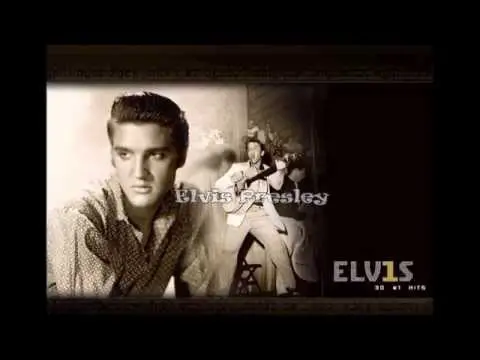
Cover Versions of Blue Moon of Kentucky
Country and Bluegrass Interpretations
Over the years, “Blue Moon of Kentucky” has been covered by numerous artists from the country and bluegrass genres, each bringing their own unique spin to the classic. These interpretations have helped to keep the song alive and celebrate its enduring influence on American music.
| Artist | Year |
|---|---|
| Bill Monroe and the Blue Grass Boys | 1946 |
| Patty Loveless | 1993 |
| Ricky Skaggs | 1999 |
| Alison Krauss and Union Station | 2011 |
Rock and Pop Versions
The broad appeal of “Blue Moon of Kentucky” has also led to a variety of rock and pop interpretations, further showcasing the song’s versatility and timelessness. These cover versions have introduced the bluegrass standard to new audiences and demonstrated its enduring relevance in the modern musical landscape.
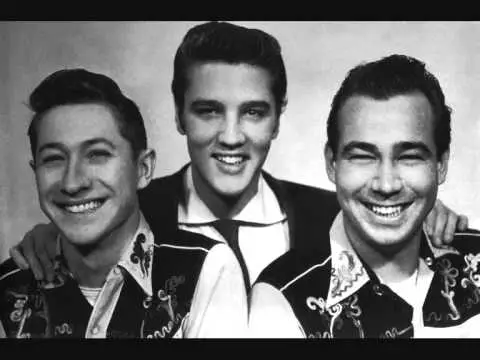
| Artist | Year |
|---|---|
| Paul McCartney | 1999 |
| Dwight Yoakam | 1986 |
| Cheap Trick | 1980 |
Legacy of Blue Moon of Kentucky
The Song’s Enduring Popularity
“Blue Moon of Kentucky” has enjoyed a remarkable longevity, remaining a beloved and frequently performed song decades after its initial release. The song’s enduring popularity is a testament to its universal appeal and the enduring impact of its bluegrass origins and Elvis Presley’s iconic interpretation.
The Song’s Influence on Music History
The lasting influence of “Blue Moon of Kentucky” on the evolution of American music cannot be overstated. The song’s blend of bluegrass, rockabilly, and rhythm and blues served as a blueprint for countless artists who sought to push the boundaries of their respective genres and create new and innovative musical forms.
The Song’s Legacy in Kentucky
In the state of Kentucky, “Blue Moon of Kentucky” has become a source of immense pride and cultural identity. The song’s strong ties to the region’s rich musical heritage have made it a beloved symbol of the Commonwealth, celebrated by Kentuckians and music enthusiasts around the world.
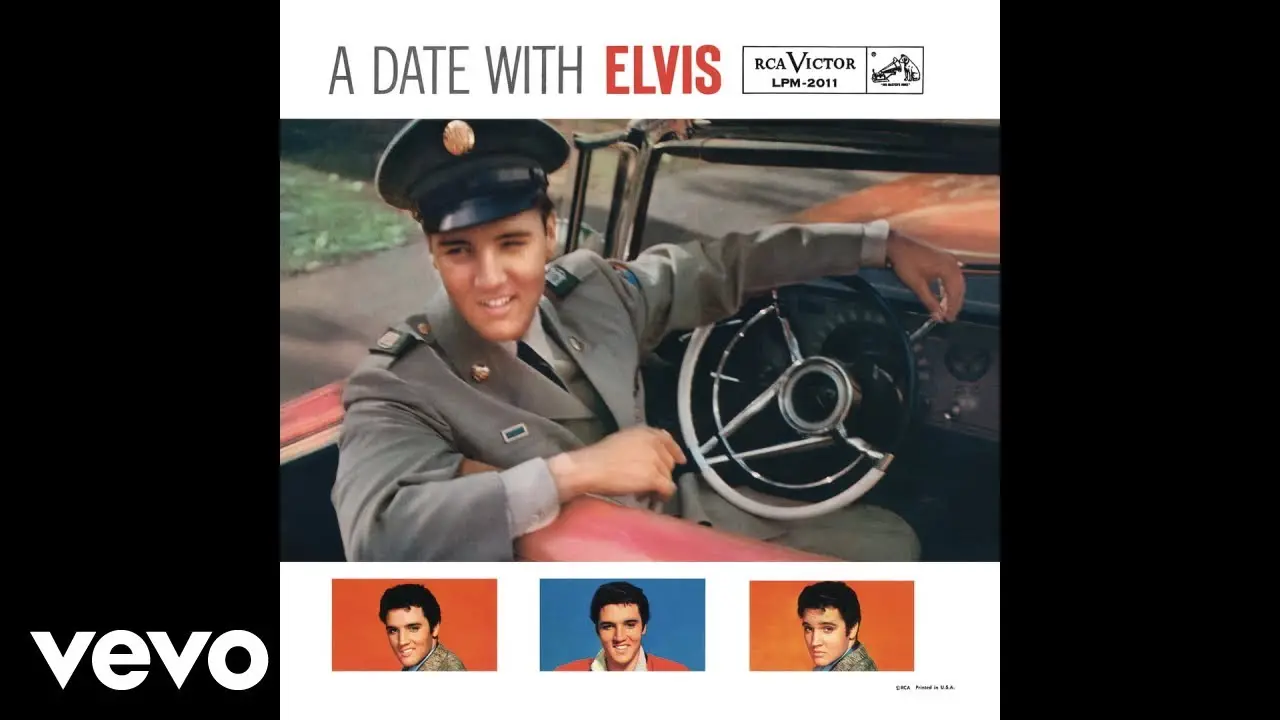
Historical Context of Blue Moon of Kentucky
The Bluegrass Movement in the 1940s
“Blue Moon of Kentucky” emerged during a pivotal period in the history of American music, as the bluegrass genre was gaining widespread popularity and recognition. Led by pioneers like Bill Monroe, the bluegrass movement of the 1940s was instrumental in shaping the sound and aesthetic of the genre, laying the foundation for its enduring legacy.
The Rise of Rockabilly and Rock and Roll
The 1950s witnessed a seismic shift in popular music, with the emergence of rockabilly and rock and roll. Elvis Presley’s iconic rendition of “Blue Moon of Kentucky” was a crucial part of this musical revolution, as he seamlessly blended the bluegrass roots of the song with the raw energy and rebellious spirit of the new genres.

The Enduring Influence of Bluegrass
Despite the evolution of popular music over the decades, the enduring influence of bluegrass can still be heard in the works of contemporary artists across a wide range of genres. “Blue Moon of Kentucky” and its lasting impact on the musical landscape serve as a testament to the timeless appeal and enduring legacy of the bluegrass genre.
Musical Analysis of Blue Moon of Kentucky
The Bluegrass Instrumentation
At its core, “Blue Moon of Kentucky” is rooted in the distinct instrumentation of the bluegrass genre. The prominent use of banjo, guitar, and fiddle, along with the driving, syncopated rhythm, are all hallmarks of the bluegrass sound that are present in the song.
The Harmonic Structure
The harmonic structure of “Blue Moon of Kentucky” is also firmly grounded in the bluegrass tradition, with its reliance on simple, yet emotionally resonant chord progressions. The repetition of the I-IV-V chord progression, a staple of bluegrass and country music, creates a sense of familiarity and nostalgia.
The Vocal Delivery
Elvis Presley’s iconic interpretation of “Blue Moon of Kentucky” is marked by his distinctive vocal delivery, which seamlessly blends the emotive qualities of rhythm and blues with the raw energy of rockabilly. Presley’s powerful yet nuanced performance elevates the song, imbuing it with a sense of urgency and passion that has stood the test of time.
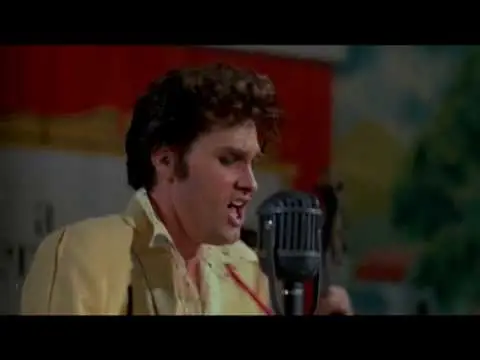
Conclusion
“Blue Moon of Kentucky” is a true testament to the enduring power of American music. From its humble beginnings in the bluegrass scene of the 1940s to its transformative interpretation by the legendary Elvis Presley, the song has woven itself into the fabric of our cultural consciousness.
Presley’s rendition of “Blue Moon of Kentucky” not only cemented his status as a musical trailblazer but also demonstrated his unparalleled ability to breathe new life into a timeless standard. The song’s blend of bluegrass, rockabilly, and rhythm and blues has resonated with generations of listeners, inspiring countless artists to put their own unique stamp on this enduring musical masterpiece.
As we look back on the legacy of “Blue Moon of Kentucky,” we are reminded of the power of music to transcend time and space, to unite us in our shared experiences, and to inspire us to reach for new creative heights. This song, a testament to the rich tapestry of American music, will continue to captivate and enthrall audiences for generations to come, ensuring that the “blue moon” will forever shine on, guiding us through the highs and lows of our lives.
